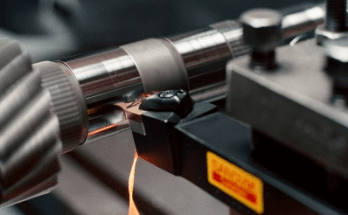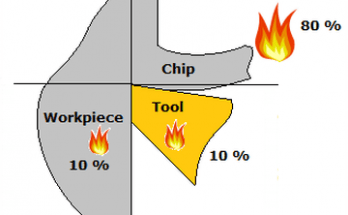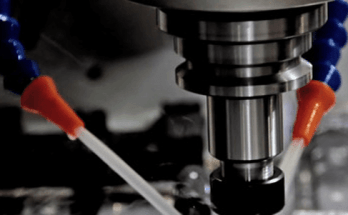Built up edge in CNC turning and milling – the cause, and the solution
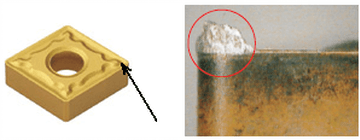
Built-up edge (BUE) is not tool wear. Its result is however the same as tool wear – a reduction in the cutting ability of the edge. The workpiece material gets deposited at the cutting edge, replacing the material of the cutting tool and changing its cutting edge geometry. The net effect is that hardness of the cutting edge and the workpiece material are the same, reducing the efficiency of cutting.
BUE results in dimensional inaccuracy and poor surface finish on the part.
The problem occurs when the cutting speed is too low. It can occur with any workpiece material including steels, can occur both in CNC milling and CNC turning and is very common in Aluminium. The workpiece material at the cutting edge softens and attains a plastic (semi-solid) stage, then solidifies on the cutting edge itself. To prevent the problem, the solution is to increase the cutting speed so that the temperature at the cutting edge is higher, the metal being cut takes takes longer to solidify, and solidifies only after it leaves the cutting edge.
Action point
Whenever we encounter a machining problem, our instinct is to reduce the cutting parameters. In Built up edge, do the reverse. Just INCREASE the cutting speed. Also, certain insert coatings and tool materials like PCD (Poly crystalline diamond) reduce BUE.
Text source : CADEM NCyclopedia multimedia CNC training software.

Etc
Caravan of carts
I saw this sight that we (sadly) rarely see nowadays. A caravan of bullock carts on the NH4 Bangalore-Mumbai highway, near Hubli. Happy people in gaily decorated carts, off to a nearby village fair. Must have been around 20 carts in a long line, full of people singing and shouting, I’m sure not all of them were drunk on mere festive spirit – some of the gaiety must have been from spirits of the liquid kind.
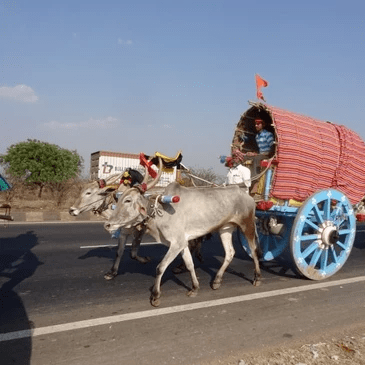
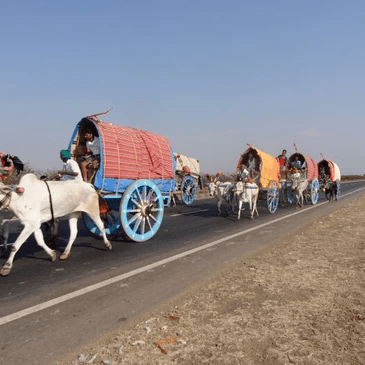
The English word Caravan originated from the Persian/Urdu word “karwan”, meaning a group of desert travellers.
A Caravanserai was a roadside inn where travelers could rest and recover from the day’s journey. Serai or Sarai means city (e.g., Mughalsarai in the state of UP). The typical caravanserai was a building with a square or rectangular walled exterior, with a single entrance wide enough to permit large or heavily laden animals (camels, bullocks) and carts to enter. There was a central courtyard (the parking space) open to the sky, and the inside walls of the enclosure had a number of stalls to accommodate merchants and their servants, animals, and merchandise. There were toilets, tanks and wells for water for the humans and animals, and food. The walls were probably to guard against robbers, since the serais must have been in the middle of nowhere.
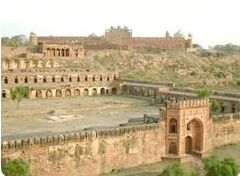
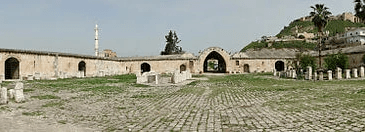
They actually served the same purpose and were built similar to the modern motels, that originated in the US. Motel = motor hotel, a hotel designed for motorists, with a parking area for vehicles.
Some 40 % of motels in the US are owned by Indians, mostly Patels from Gujarat. Some guy with a sense of humour even coined a new name for motels run by Indians : Potel (=Patel + Motel).
